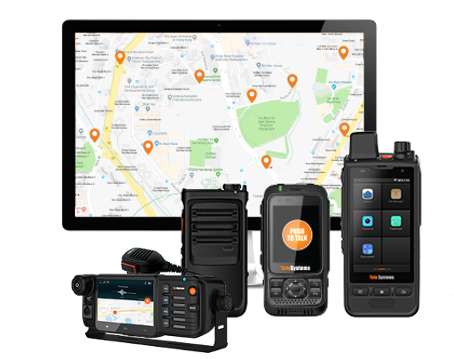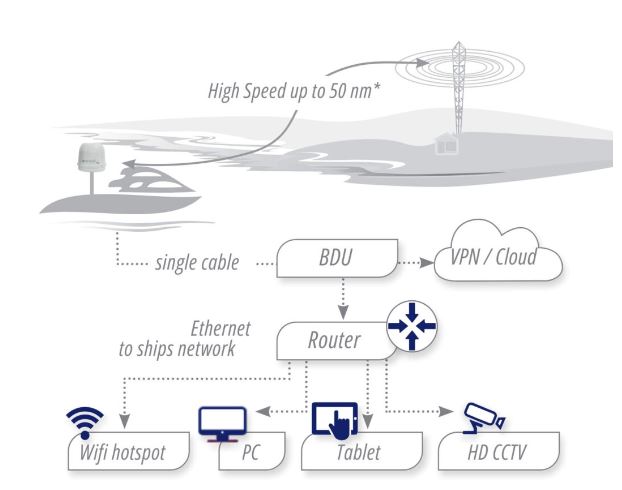In the rapidly evolving world of public safety and mission-critical operations, the need for reliable, secure, and interoperable communication solutions has never been more pressing. Recognizing this, the 3rd Generation Partnership Project (3GPP) has developed the Mission Critical Push-to-Talk (MCPTT) standard, a transformative technology that is poised to redefine the landscape of mission-critical communications.
What is MCPTT?
MCPTT is a standardized, IP-based communication system that provides mission-critical voice, video, and data services over cellular networks. Designed to meet the stringent requirements of public safety agencies, first responders, and other mission-critical organizations, MCPTT offers a comprehensive set of features and capabilities that are tailored to the unique needs of these users.
Key Features and Capabilities of MCPTT:
- Push-to-Talk (PTT) Functionality:
– Instant, one-to-many voice communication, similar to traditional land mobile radio (LMR) systems
– Support for group calls, individual calls, and emergency calls
– Seamless handover between different networks and devices
- Prioritized and Preemptive Access:
– Prioritized access to network resources, ensuring that mission-critical communications take precedence
– Ability to preempt non-critical communications during emergencies or high-traffic situations
- Secure and Encrypted Communications:
– Strong encryption algorithms and authentication protocols to protect sensitive information
– End-to-end encryption, ensuring the confidentiality of communications
- Multimedia Capabilities:
– Support for video streaming and sharing, enabling enhanced situational awareness
– Integration with other data services, such as location tracking, messaging, and file sharing
- Interoperability:
– Adherence to 3GPP standards, ensuring seamless integration with a wide range of communication systems
– Ability to interoperate with legacy LMR systems, facilitating cross-agency collaboration
- Resilience and Reliability:
– Robust network architecture designed to withstand disruptions and ensure mission-critical availability
– Fallback mechanisms, such as device-to-device (D2D) communication, to maintain connectivity in the event of network outages
Benefits of MCPTT:
- Improved Situational Awareness and Coordination:
– Enhanced communication capabilities enable better decision-making and resource allocation during critical incidents
- Enhanced Safety and Responsiveness:
– Prioritized access and preemptive capabilities ensure that first responders can rapidly respond to emergencies
- Cost-Effective and Scalable Solutions:
– Leveraging existing cellular infrastructure, MCPTT offers a more cost-effective alternative to traditional LMR systems
– Scalable architecture allows for easy expansion and integration with various organizations and agencies
- Future-Proof Technology:
– MCPTT’s adherence to 3GPP standards ensures compatibility with emerging technologies and the ability to adapt to evolving communication needs
As the adoption of MCPTT continues to grow, it is poised to redefine the way mission-critical organizations communicate, collaborate, and respond to emergencies. By providing a robust, secure, and interoperable platform, MCPTT empowers public safety agencies and other critical operations to enhance their capabilities, improve coordination, and ultimately, save more lives.
For more information, please contact Abdulrahman Al-Shareef Group
Contact Number: 00966 50 7756654 – 00966 55 0400789





























